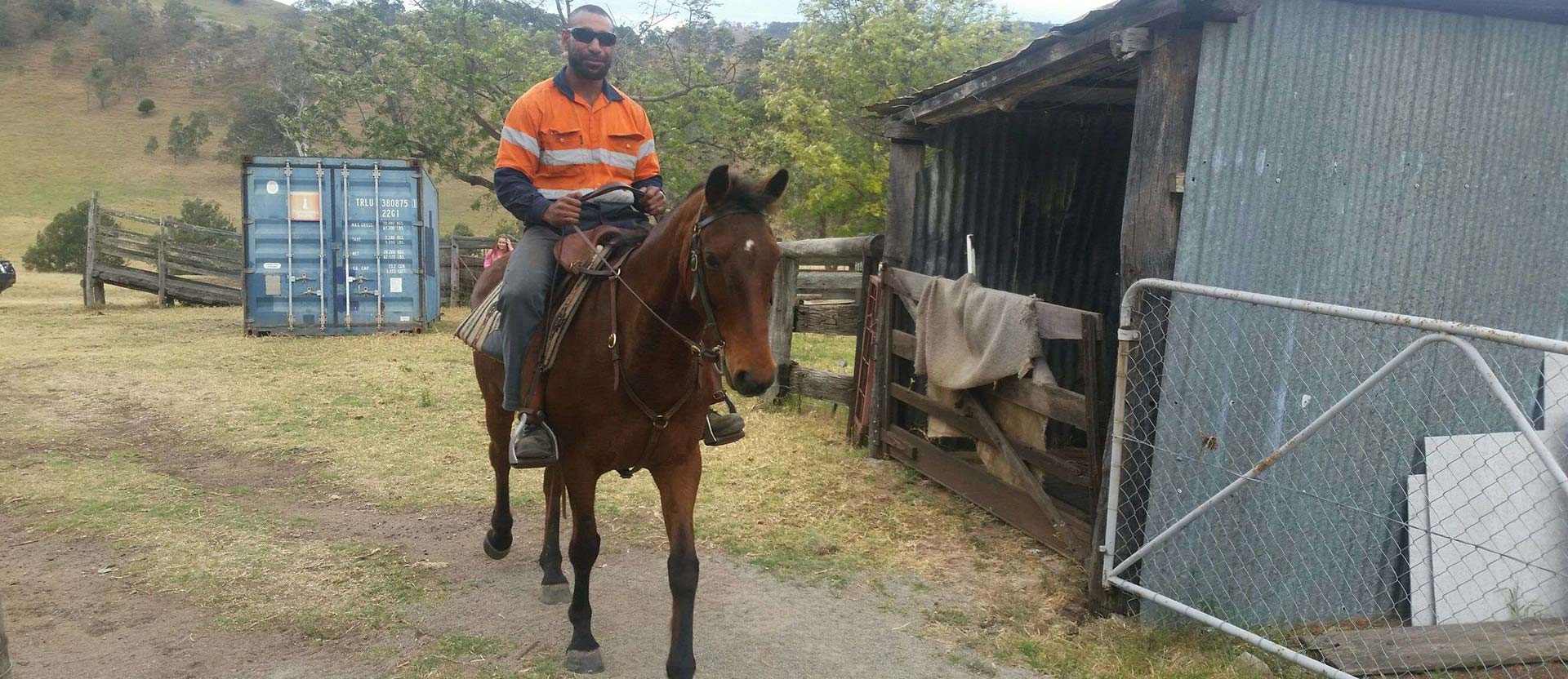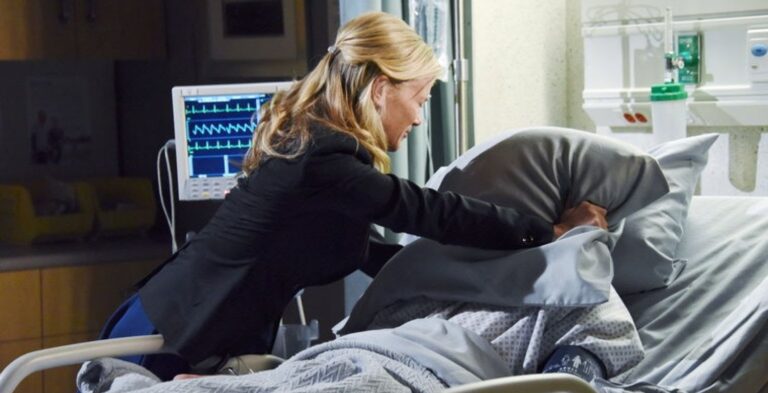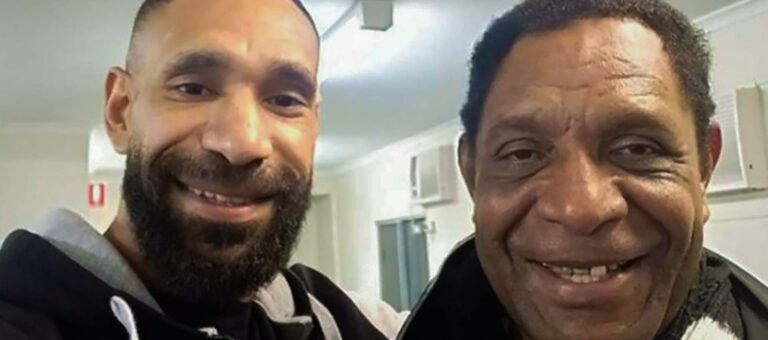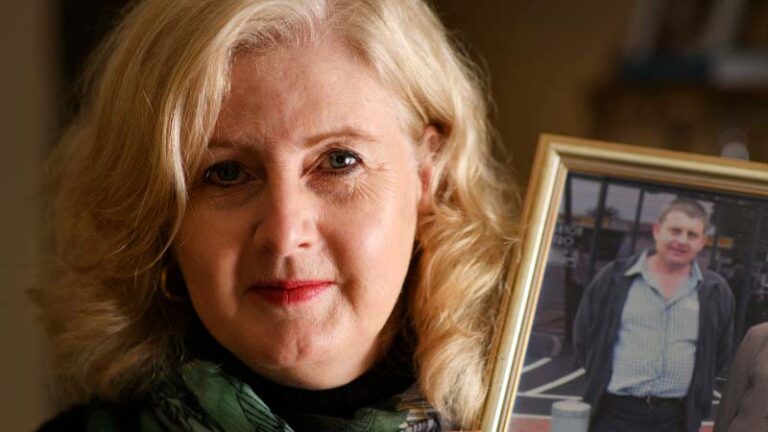Mark Basa’s Trial Concerns
Mark Basa was convicted by a jury of murder on 3 August 2006. The conviction was for the death of Zane McCready in an emergency doorway area of the Ex-Services Club on Hanbury Street, Mayfield, Newcastle on 7 July 2005. The death occurred during an altercation involving a group of teenage boys who had been at a party. Mark Basa was a 16-year-old juvenile at the time of the death of Zane McCready.
On 10 November 2006 he was sentenced by his Honour Howie to a total of 22 years imprisonment, with a non-parole period of 15 years and six months. The sentence commenced on 8 July 2005. On 8 November 2013 the Court of Criminal Appeal reduced the sentence to a total of 17 years six months with a non-parole period of 12 years and six months.[i] He was eligible for release on 7 January 2018 and was released but placed in immigration detention. He has now spent in excess of 14 years and 3 months in custody.
Only one person (Mark Basa) of approximately 15 people involved in this incident was charged. The person chosen to be indicted was from Papua New Guinea. The reason for the exclusion of others has not been explained. The police investigation seems to have targeted Mark Basa to the exclusion of others. Any relationship between police and those involved in the incident needs to be identified.
All those present at the scene at the relevant time do not seem to have been identified. Witness statements do not appear to have been taken from all participants. The gathering of forensic evidence and its use at trial seems to have been haphazard at best. For example:
CCTV footage from the RSL Club was secured, but never used or even mentioned at trial.
There are a number of CCTV cameras positioned in strategic locations all along the scene of the altercation at the Mayfield (Diggers) – RSL club.
The CCTV footage should have shown the actions of all 15 people involved in the altercation. Had the CCTV footage should have shown, the identities of those involved.
The Police withheld the evidence. After attempting to get the police to disclose the CCTV footage, it was not until 10 years later, an application was made to the Information and Privacy Commission (IPC) that CCTV footage was provided. The NSW Police Force refused to grant access to the information.[i] The IPC found, ‘we are not satisfied that the Agency has fully justified its decision to refuse access to the information.’[ii] When the copies of the footage were released nothing that could be seen.
Evidence From the Crime Scene Was Contaminated
The CCTV footage provided was made up of four hours, 54 minutes and 24 seconds of multiple images and viewpoints. Of concern is a camera time reference ‘06:53:07 and the date 24/03/03’, and the fact that viewpoints reduce to three cameras recorded as camera ‘03’, camera ‘06’ and camera ‘15’. There is no explanation available for the date, which is not that of the incident. Additionally, there appears to be no explanation for the limited coverage.
The footage supplied does not assist in identifying people involved or their actions. This raises the issues of why the police resisted the release of the information based on ‘an overriding public interest against disclosure’.[i]
An inquiry would need to further examine the collection of the CCTV footage and if it had been corrupted in any way. It is well beyond the resources of the family of Mark Basa to further inquire into the CCTV footage collection and probably beyond the capability of anyone without State resources and powers. In addition to the problems with the CCTV footage, the police crime scene log has failed to record the presence of relevant people at the scene. For example, two ambulance officers and an additional ambulance.
Additionally, a key witness was at the crime scene seen walking and talking to police for a long period of time. This key information was not recorded in the Police Crime Scene Logbook. A Senior Police officer was recorded as coordinating everything at the crime scene for a long period of time but there is no evidence of him making a statement or giving evidence in court.
The presence of the detective was recorded as being in the crime scene for a long time but in evidence, this officer’s activity at the scene was left out. A police statement was prepared one year later, two weeks into the trial, and left out details of these activities and involvement at the crime scene throughout the night as recorded in the Police Logbook.
DNA and Fracture Testing
Forty items were sent to the Department of Analytical Laboratories for DNA testing, and of these forty items, thirty-one were classified as items of high priority as indicated by the police.[i] Of these thirty-one items, only fifteen were tested.[ii] The police failed to DNA test the piece of glass removed from the victim’s neck (item 119). The police also failed to test a fragment of glass removed from the jaw of the deceased (item 100).
The police also failed to DNA test Item 12, consisting of eight separate containers of broken stained glass, and Item 7, a broken piece of drinking glass located at Marker F. The police used a fracture test to fit together two pieces of glass, items 14 and the disputed Item 119. They failed, however, to fracture fit test any other pieces of glass found at the scene with these items or with each other.
A piece of glass from a Woodstock bottle (item 14, found at Marker K) was fracture tested with the piece of glass said to have been removed from the victim’s neck (item 119 – which is a view of an UNLABLED Container).
There are several fundamental issues with the police use of this fracture fit test. The first issue is the accuracy of the test. The fracture fit test was a rudimentary process that simply involved a police officer holding together two pieces of glass with pliers to see if they ‘fit’. No chemical composition testing was undertaken to determine whether these two pieces of glass originated from the same specimen.
Second, it was conceded at trial that he had no training in comparisons of glass or in relation to determining striations on glass and their fit.[i] It was also conceded at trial that the means by which the officer conducted the fracture fit test was no more than what anybody in the Court could have done via visual examination of the glass with a microscope.[ii] It was conceded at trial that there could have been done a refractive index on the glass but decided not to do so.[iii] When probed about the decision the answer was: ‘Upon showing my senior officials the results, they didn’t feel, didn’t deem it necessary to send the items’.[iv]
The third issue is that the police only fracture fit tested item 14 and the item 119. The police failed to fracture fit test item 42, a bloodstained screw top of bottle, with item 3, the neck of a broken bottle. Item 3 was not fracture fit tested with item 14. It was agreed that there appeared to be more than one broken bottle[v] and one broken glass in the area. These pieces of evidence were not pursued further.
The results of the fracture fit test were used by the prosecution at trial to support a hypothesis of guilt of Basa. The prosecution submitted that Basa smashed a glass Woodstock bottle at Marker K and proceeded to stab the deceased with a piece of broken glass from the bottle, in the container – item 119, which was then said to have been removed from the victim’s neck.
However, the very basic nature of the fracture fit test, coupled with the police failure to fracture fit test other items, raises doubts about the legitimacy and accuracy of the test.
New forms of testing are now available which may provide a significantly higher level of accuracy.
The mechanism by which the injury was inflicted that caused the death of Zane McCready needs to be clarified.
From the evidence it cannot conclusively determined that the disputed item that was placed in an unlabeled container viewed as item 119 came from a Woodstock bottle, for a number of reasons.
From the evidence it cannot conclusively be determined that the disputed item that was placed in an unlabeled container viewed as item 119 came from a Woodstock bottle, for a number of reasons.
It appears that the first police car to arrive on the scene could have either driven over or parked on top of the glass. If the police car did drive over or parked on top of the glass at Marker K, this may have been what caused the glass to break, or to further break into smaller pieces. This was mentioned in the summing up; however, it is likely that the jury did not understand the significance of this evidence. Defence counsel did not specifically mention that the glass the police car parked on top of was the same glass used in the fracture fit test, that being item 14 collected at Marker K. These are just some of the problems with the glass. Others include:
- How and by whom the injury was inflicted needs to be clarified.
- The extent to which Mark Basa understood what was occurring at his trial and therefore his ability to give instructions needs to be reviewed.
- The composition of the jury, in particular the role played by the foreperson who was known to the Basa family, needs to be explored.
Reddish Brown Jacket
A police officer ‘note-book’ page 44 recorded on the 08 July 2005, where a walked out of Club, and saw one male lying on the ground with another over the top of him. Blue Jeans, black jumper, stripe down the side.
This placed an unknown person who was last seen banging on the door with the deceased, who is also said to have taken his jacket and placed it around or over the deceased.
A prosecution witness when giving evidence described the attacker was wearing specific clothing, which included a ‘checked long-sleeve reddish brown jacket/jumper’ in colour.
A known person stated he took off his jacket to stem the blood from the victim’s injuries. The person’s jacket and shirt not admitted as evidence in court. This issue alone requires careful consideration.
Closing Remarks
Mark was a 16-year-old boy when he was charged with murder. However, there were 15 other boys involved in death of Zane McCready what happened to them? Why were the police so reticent to provide the evidence declaring it ‘not in the public interest’? Why was the contamination of the crime scene not looked at more carefully? There are many questions that need answering and notably, the family of Zane McCready want an enquiry opened to consider these same questions – they believe that Mark has carried the burden for the other boys involved.
[i] Trial transcript, 5/7/2006, p 165 lines 37, 43.
[ii] Trial transcript, 5/7/2006, p 166 lines 2, 3.
[iii] Trial transcript, 5/7/2006, p 165 line 13.
[iv] Trial transcript, 5/7/2006, p 166 lines 9, 10.
[v] Trial transcript 5/7/2006, p 182 line 13.
[i] Trial transcript, 31/7/2006, Grogin,1507, 48-52.
[ii] Trial transcript, 31/7/2006, Grogin,1507.52; 1508.1.
[iii] Trial transcript, 5/7/2006, p 165 lines 37, 43.
[iv] Trial transcript, 5/7/2006, p 166 lines 2, 3.
[v] Trial transcript, 5/7/2006, p 165 line 13.
[vi] Trial transcript, 5/7/2006, p 166 lines 9, 10.
[vii] Trial transcript 5/7/2006, p 182 line 13.
[i] Information and Privacy Commission, Review report under the Government Information (Public Access) Act 2009, 13 April 2015, paragraph 2.
[i] Information and Privacy Commission, Review report under the Government Information (Public Access) Act 2009, 13 April 2015, paragraph 6.
[ii] Ibid, paragraph 36.
[i] MB v R [2013] NSWCCA 254.





